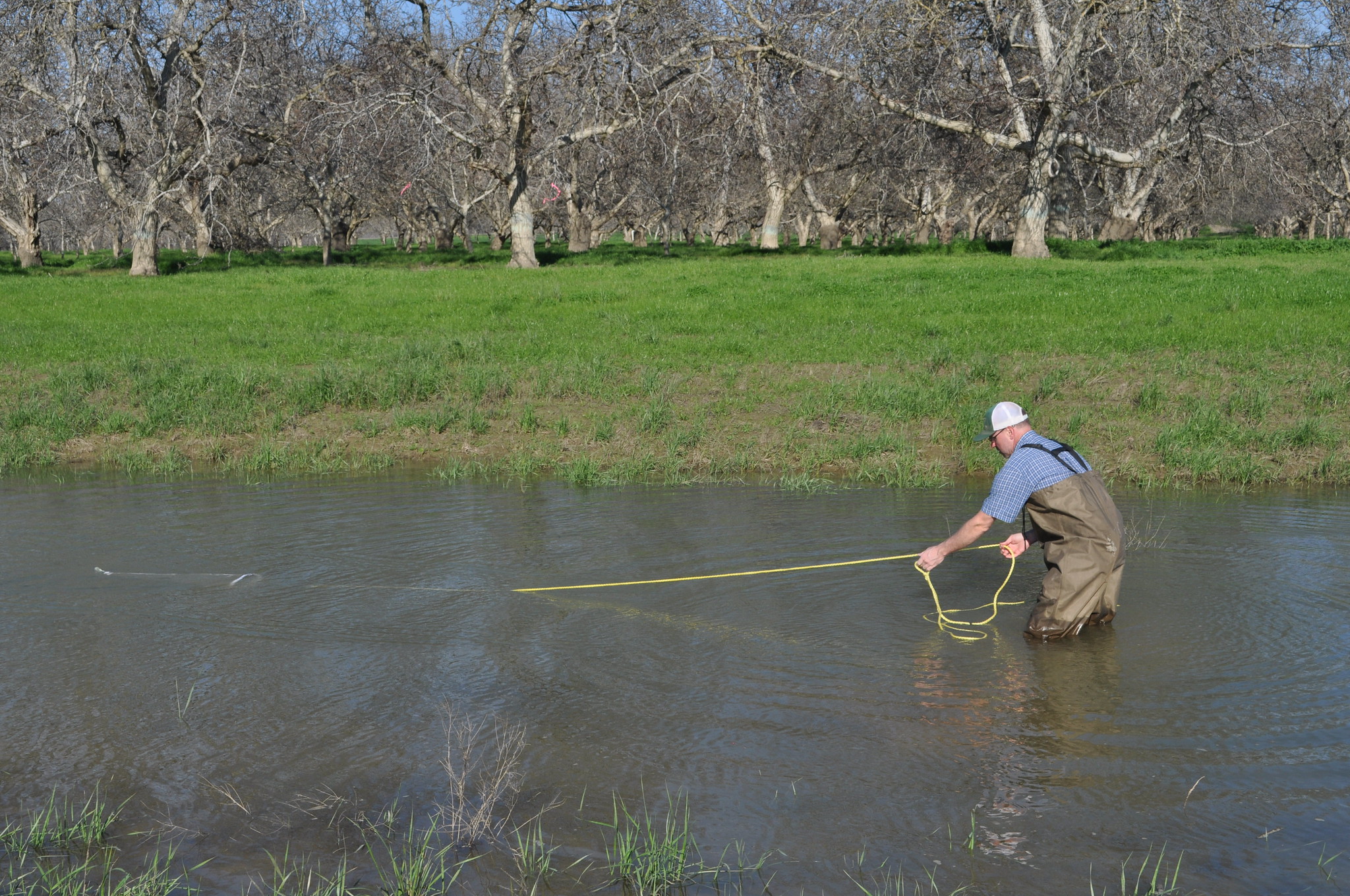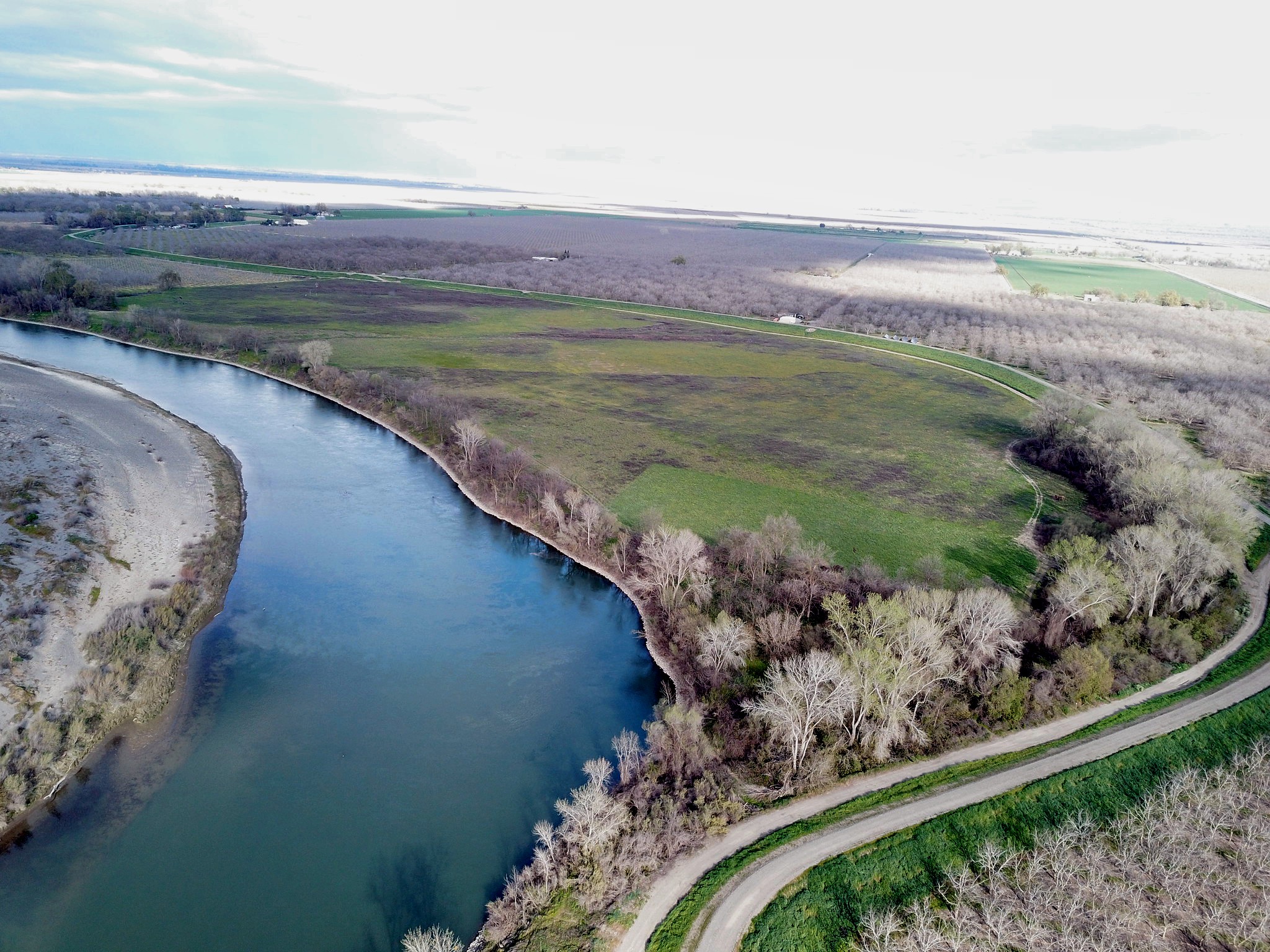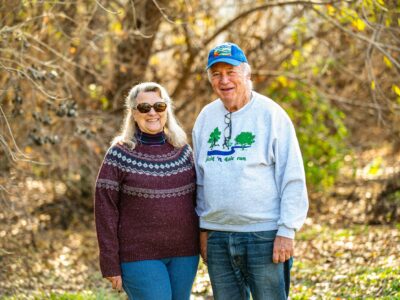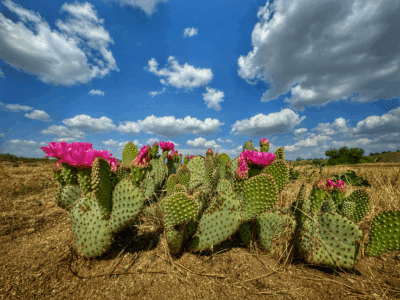| River Partners’ Willow Bend Preserve along the Sacramento River in northern California will restore critical floodplain habitat and provide imperiled salmon access to prime food sources, helping boost populations of this iconic fish. Our efforts include designing a first-of-its-kind fish gate in partnership with an incredible team of supporters, including the NOAA Restoration Center, Irrigation Training and Research Center at Cal Poly, San Luis Obispo, and UC Davis Center for Watershed Sciences. Populations of winter-run Chinook salmon have dropped by 90% over the last 40 years. While causes of decline are myriad, the single biggest factor predicting a salmon’s survival is how big that salmon is once it reaches the ocean. Historically, the river meandered across wetlands and floodplains, which provided riverside rest stops and a buffet of nutrients for young fish to grow big and fat. Today, large portions of the Sacramento River have been channelized and provide little food and habitat for young fish. |
Only a few decades ago, Chinook salmon thrived in the Sacramento Valley.
Historically, the unmanaged Sacramento River would meander through riparian jungle into networks of flood basins and ephemeral wetlands, producing massive amounts of food—for salmon, that is. A liquid protein soup of tiny floating organisms like zooplankton fueled salmon to grow, in some cases, as large as a grown person. Fish runs were so plentiful that old-timers and native peoples tell stories of, not all that long ago, walking across creeks on the backs of adult salmon as they returned upstream from the ocean to spawn.
Today, salmon and other salmonids face extinction. It’s estimated that winter-run Chinook salmon populations on the Sacramento have dropped 90% over the last 40 years, according to NOAA Fisheries.
While salmon face many threats, the single biggest factor predicting a salmon’s survival once it reaches the ocean is how big that salmon is.
“If salmon get fat on the floodplain on their trip to the sea, then they are more likely to survive. Which means more adults make it back to their home streams to spawn,” says River Partners Senior Ecologist Michael Rogner.
Water flowing over floodplains that once produced food for salmon is now channeled through a tapestry of farmland and cities. Tiny fry emerging from gravel beds must dodge dams, diversions, disease, and predators in warming waters depleted of vital nutrients.

“It’s shocking to see the low density of food available in the river,” says Carson Jeffres, Senior Researcher at the UC Davis Center for Watershed Sciences. His research shows how we can restore floodplain ecosystems for fish while also creating more sustainable flood control and water delivery for farmers and communities.
Jeffres recognizes that with today’s managed watersheds, it’s not possible to turn back time and restore the river to what it looked like 200 years ago. We need new, innovative strategies to give life back to rivers and provide salmon with what they need to survive.
It turns out, the same low berms famers built to fortify fields from flooding and prevent crops from drowning might be key in producing the food and juvenile rearing habitat fish need.
During flood events, water and fish overtop berms in riverside fields. The trapped water and creates perfect conditions for fish to feast. Without the berms, the water would not stay on the floodplain long enough to produce vital fish food.
But, there’s a small problem: in fields without drainage, the fish get trapped. They grow fat on the floodplain, but they have no way to return to the river and continue their migration journey. The missing piece for farming food for salmon is an exit—a gate—for fat, health fish to swim back into the river after they’ve feasted on the floodplain.
Rest Stops for Migrating Salmon
Imagine you’re hitting the highway for a long road trip. You’ll need to find rest stops and restaurants along the way to keep you fueled. Salmon are the same, but their rest stops are floodplains.
River Partners’ Willow Bend Preserve is one of the last rest stops for juvenile salmon swimming down the Sacramento River to get out on the floodplain to feed and put on weight.
According to Rogner, “The food web on floodplains – if you’re a young salmon – is an all-you-can-eat buffet.”
“It’s an incredibly important stop on the migration route,” says Jeffres. “The main river channel is a food desert. It’s an unproductive place for most of the Sacramento River once it gets leveed downstream of Willow Bend to the Delta.”
One method for measuring food levels is sampling water for invertebrates and zooplankton.
Food studies conducted at Willow Bend have found that one gallon of floodplain water holds 160 times the salmon food that is in the river. In perspective, the 40-acre pond has as much food as ten miles of river.

Another tool Jeffres and his team use to understand the health of the river is by taking its pulse. Just like a heartbeat, the river produces a daily signature of oxygen levels based on how much photosynthesis is happening. The more living algae and plants in the river, the more dissolved oxygen is created. A healthy river would show increased levels of oxygen during the day and decreased levels at night. However, that’s not what’s observed along many stretches of the Sacramento River.
“There’s no oxygen being made. It’s a dead zone. If you’re looking at the river’s heartbeat, it would need a defibrillator,” says Jeffres.
Managed floodplains like those at Willow Bend provide vital rearing habitat for juvenile salmon and are breathing life back into ecological dead zones in the river.
“When you look at the off-channel habitats such as floodplains, you see a daily increase and decrease in oxygen levels, and the growth rates of the fish are significantly higher,” says Jeffres.
Feast and Release
When River Partners first acquired Willow Bend, we planned to restore it in our signature style: grow a new forest of native trees, shrubs, and grasses and then let nature and river take over from there. However, there was a problem.
Under previous ownership when the land was farmed, one of the fields suffered chronic flooding and couldn’t turn a profit. A series of berms were constructed to shield crops from flooding. After River Partners purchased the land, our biologists watched as water easily flowed over the berms during flood events. To our amazement, we discovered juvenile salmon had washed in as well. And, they were stranded, without a way back to the river.

Over the next weeks, the ephemeral floodplain did what floodplains do best: create a buffet of tasty phytoplankton.
“The salmon were out on the floodplain getting fat. The bad news is that they were trapped,” says Rogner.
As the water started drying up, and the “floodplain fatties” couldn’t escape, as Ruth Goodfield, NOAA Restoration Center Marine Habitat Resource Specialist puts it. “The birds like it, but we’re at our whit’s end trying to keep Sacramento River winter-run Chinook salmon alive, so we don’t want to see them become bird food.”
The right solution called for keeping the floodplain saturated long enough for food to be produced, but not trap fish in the process.
“In a perfect world, we’d like to see water flowing on floodplains naturally. But we are far from that in the Central Valley. We were open to looking at managed floodplains as a way of accessing those prime juvenile salmonid rearing habitats with River Partners,” says Goodfield.
With NOAA support, River Partners collaborated with experts from the Irrigation & Training Research Center at Cal Poly, San Luis Obispo to design a solution.
It turns out, in some scenarios the path to farming food for salmon requires a gate.
Opening the Floodgates for Salmon to Feast
“No one had ever done this before with these conditions,” says Dr. Dan Howes, Project Manager at the Irrigation Training and Research Center. “Working with River Partners has been eye-opening, because they’re very open to coming up with new ideas and seeing what works.”
Alongside NOAA fish biologists and engineers, Dr. Howes’ team worked to come up with a gate design that works for fish and meets extensive fish passage requirements.
Here’s how the gate works: during a flood event, as the level of the floodplain drops, the gate responds to the water level to allow a continuous outflow of water so fish can exit the floodplain safely and of their own volition. The gate operates without power and requires minimal maintenance.

“The gate creates a temporary remnant floodplain,” says Dr. Howes. “Instead of cutting a hole and letting the water flow out, we want fish to decide when they travel through, and keep water on the floodplain as long as possible. I hope we see big healthy juvenile salmon passing over the gate and back to the river once it becomes inundated with water.”
When working with protected wildlife like winter-run Chinook salmon, strict guidelines need to be followed. In the case of the fish gate, nothing like it had ever been permitted previously. The gate is slated for installation this year, after extensive research, design, and testing. A creative team of River Partners staff and project partners worked with state and federal agencies to permit every aspect of the gate, from fabrication and installation to operation and monitoring.
The U.S. Army Corps of Engineers permits any action that might “dredge or fill” a jurisdictional waterway—in this case, the Sacramento River, California’s largest jurisdictional waterway. Thanks to collaboration and support from a team of Corps staff, the fish gate was successfully permitted using a novel application of the programmatic permit “Regional General Permit 16—Anadromous Salmonid Fisheries Restoration.” Typically, this permit applies to in-channel restoration, such modifying in-stream fish barriers, stabilizing the banks, or implementing fish-screening diversions. To use this programmatic permit to restore passage from the main river channel to a floodplain is a new application, and one we hope will be replicated elsewhere.
“As California grapples with it’s goal to restore and conserve 30% of it’s land and coastal waters by 2030 and the need to make our regulatory processes more efficient for ecosystem restoration, we stand to use the lessons learned from the fish gate permitting at Willow Bend to expedite fish restoration projects into the next decade and beyond,” notes River Partners President Julie Rentner.
River Partners and the UC Davis Center for Watershed Resources will study the gate and floodplain at Willow Bend over the coming years to learn more about how fish interact with the managed floodplain and how River Partners’ fish gate concept can be implemented across the state.

According to River Partners Senior Restoration Ecologist Michael Rogner, “There are many properties throughout California that function exactly as Willow Bend. If we can demonstrate that our salmon solution is going to work, it can open a ton of opportunities to transform fish traps into prime juvenile salmon rearing habitat.”
River Partners and our partners are thrilled about the great potential of this innovative floodplain restoration and fish gate that can deliver real hope for imperiled salmon.
“We must nurture the fish and do anything we can to help them out. We can’t control the weather, but we can use this gate to make sure they are fat and happy as they continue their journey to the sea. That’s the vision,” says Goodfield.
The Willow Bend Preserve floodplain restoration was made possible through generous funding and support from the NOAA Restoration Center, Volgenau Foundation, Natural Resources Conservation Service, and California Natural Resources Agency.








